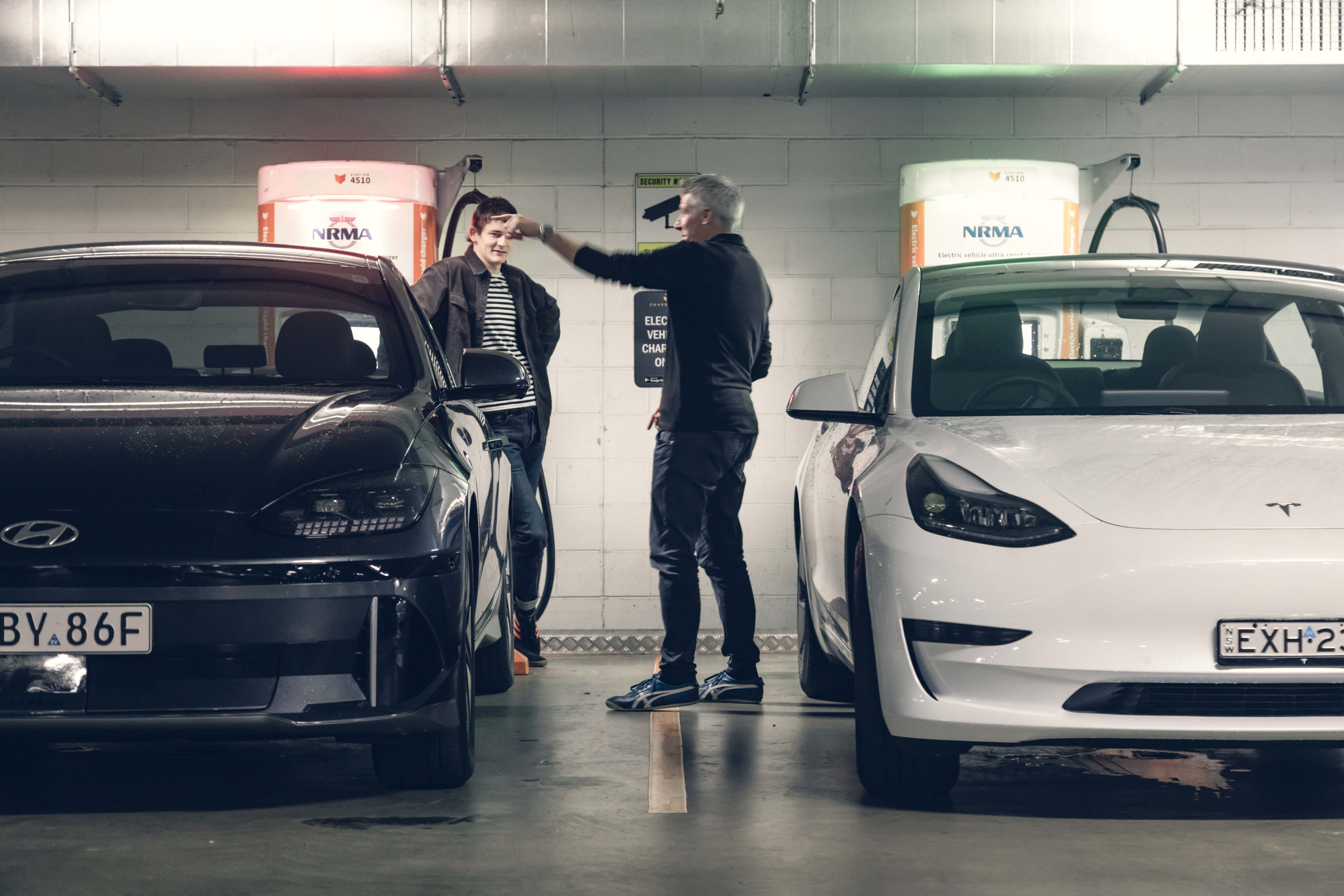
Let’s talk about manners…
Public EV charging stations are becoming busier, and proper etiquette is emerging as another pain point.
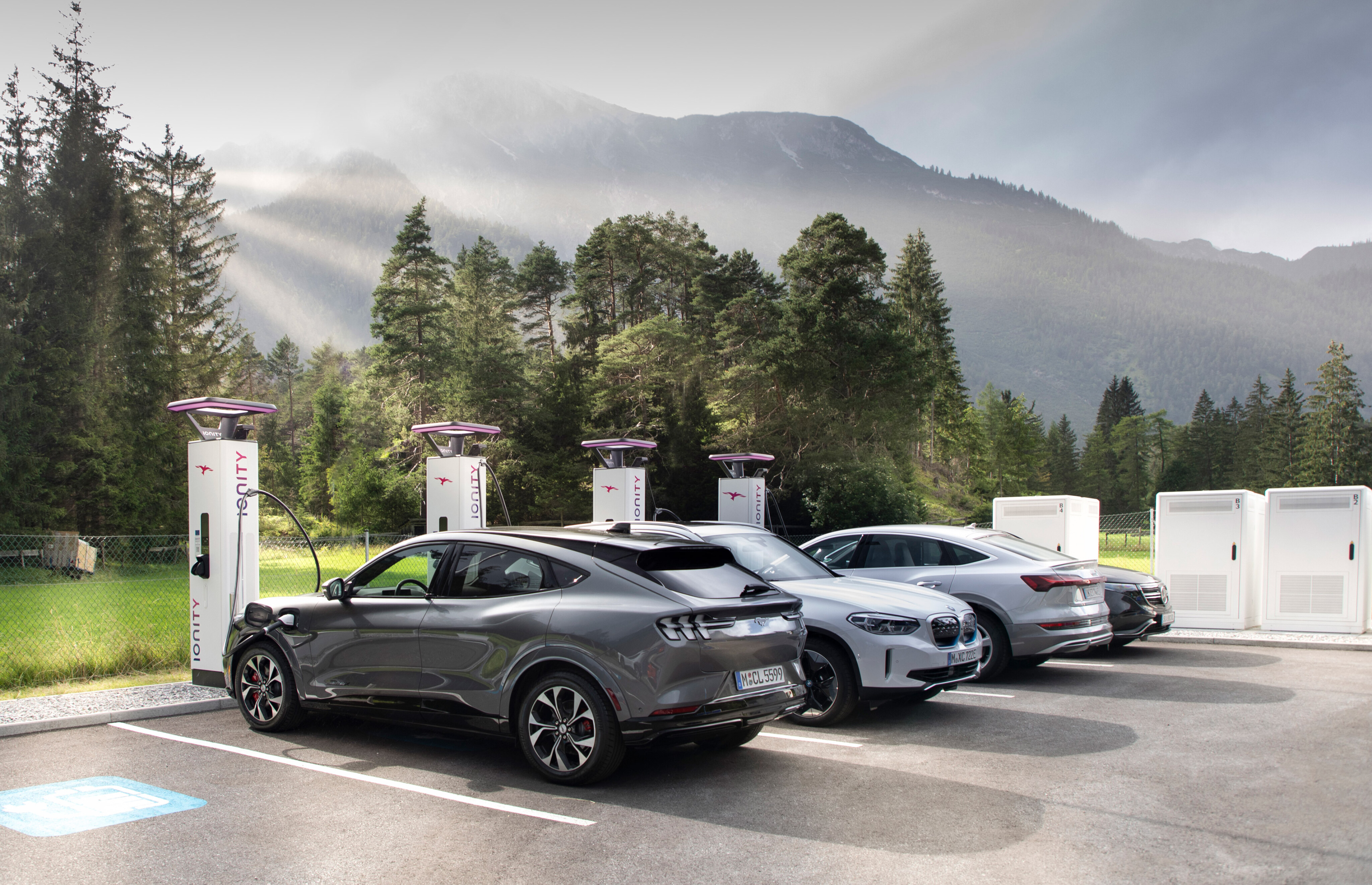
Snapshot
- Be respectful and charge what’s necessary
- Obey the signs and rules – parking while charging only
- Queue orderly and consider using PlugShare
The number of public electric vehicle charging stations available, while expanding, has been overtaken by demand as the number of EVs on Australian roads quickly grows. Exacerbating this, stations do become faulty at times, and charging operators may take some time to get repairs initiated.
EV owners should ideally charge at home, but there may be opportunities for a top-up while at the shops – and public charging is a must when venturing on longer road trips, while some cannot simply access a power plug at home.
Of course, EV charging stations are a new and unfamiliar technology for many – it's not as simple, nor as standardised as a fuel pump.
Electric cars also generally need at least 20 to 60 minutes to recharge up to 80 per cent on a fast DC charger and most are limited to one or two stations per location (if they’re reliable and online).
Public chargers alongside key connecting roads, cheaper stations and the few free-of-charge ones can become particularly busy, with queues forming during peak holiday periods.
This can all be frustrating for EV owners wanting to charge at a fully occupied public charging station – potentially causing angst, anger, and poor etiquette.
JUMP AHEAD
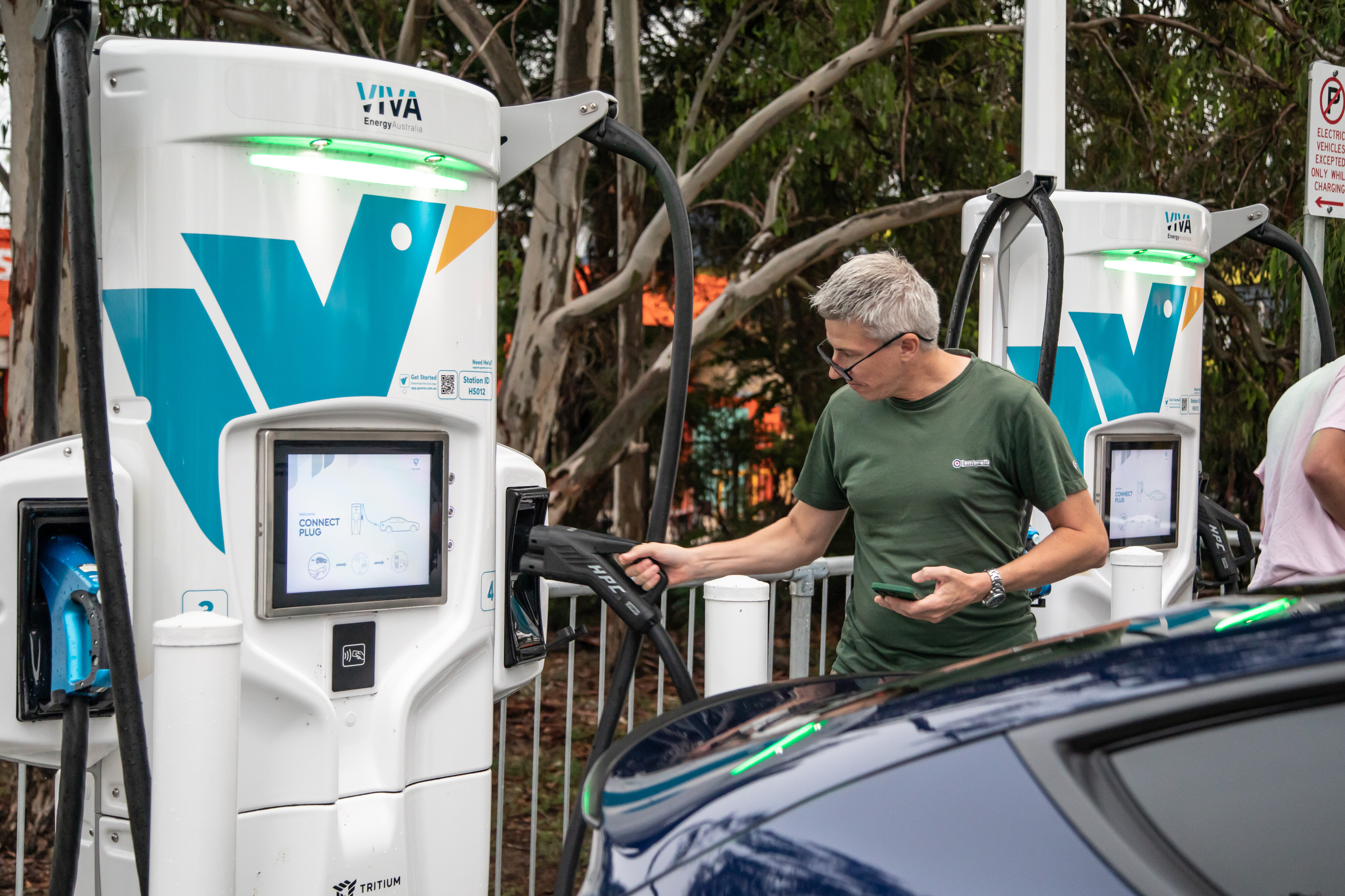
🔋 Charging 101
✅ Do
- Charge up to 80% only – for courtesy and to maintain good lithium-ion battery health
- Wrap cables if needed, put the plug back securely for next user
❌ Don’t
- Don't charge to 100% if it isn’t necessary, as the last 20% will be the slowest
- Don't litter at EV charging stations, especially cigarette butts
Charge up to 80 per cent only
If at a busy charging station, consider limiting your session to around 80 per cent as a courtesy – unless a full recharge and the extra range is necessary.
Charging from 10 to 80 per cent often takes the same time as going from 80 to 100 per cent – which effectively doubles your waiting time at a public charging station if you plug in from a low battery.
Importantly, this is because it’s generally unhealthy for most lithium-ion type batteries to be in a high battery percentage for extended periods and the EV will slow down charging speeds dramatically after 80 per cent to reduce the stress on the pack.
Lithium-iron-phosphate (LFP) batteries are less susceptible to degradation when fully charging, but still takes very long to charge past the 80 mark.
Furthermore, if you can plug in at home during off-peak electricity hours, it’s likely much cheaper than public charging networks – consider only topping-up enough range in order to get back home.
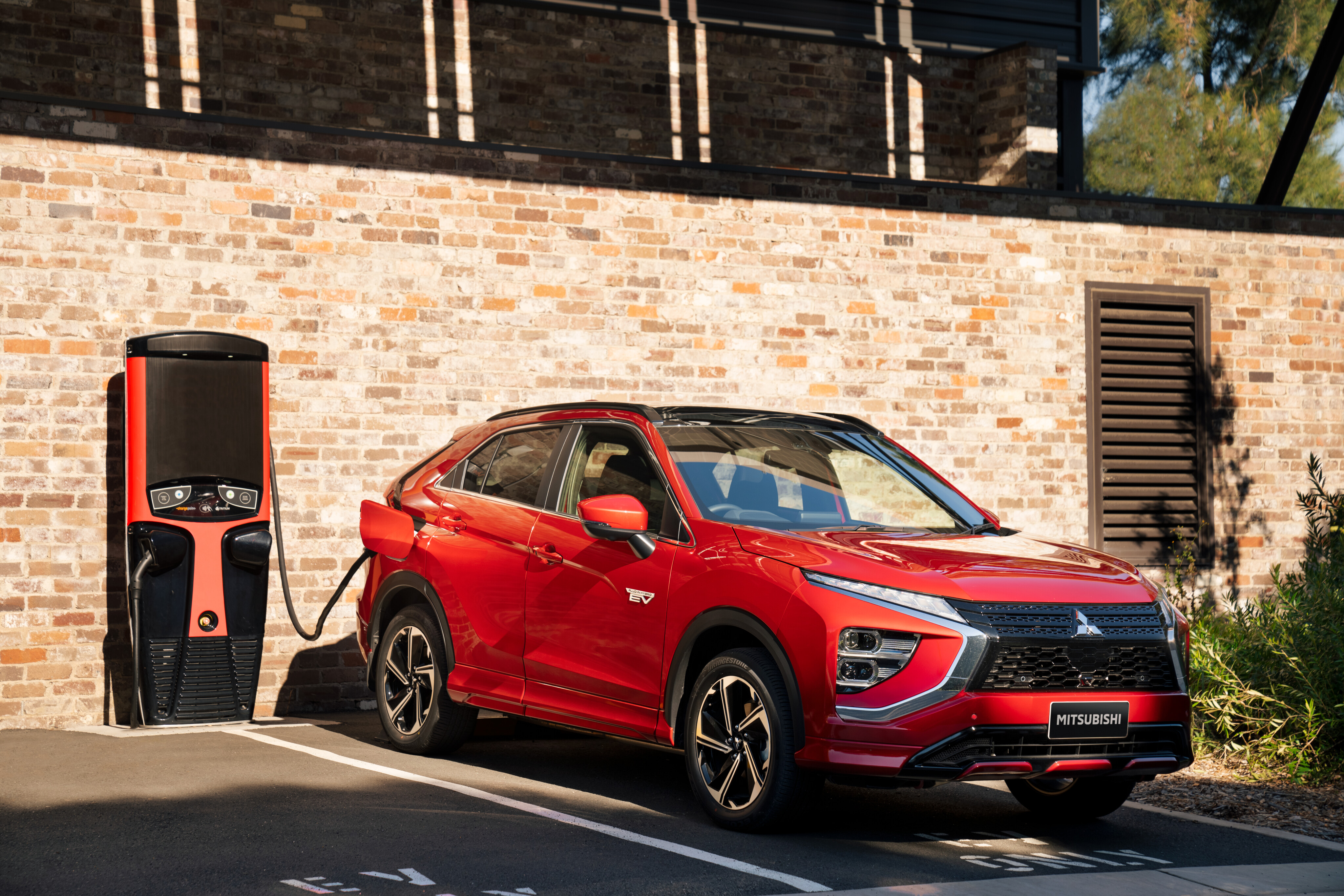
Know your rights
All EV owners have the right to charge to 100 per cent if necessary for your range needs, as long as you obey the rules and leave when finished.
No vehicle has priority, regardless of how low your battery is compared to others in the queue.
Plug-in hybrid electric vehicles (PHEV) also have the right to use the public infrastructure alongside any pure EV.
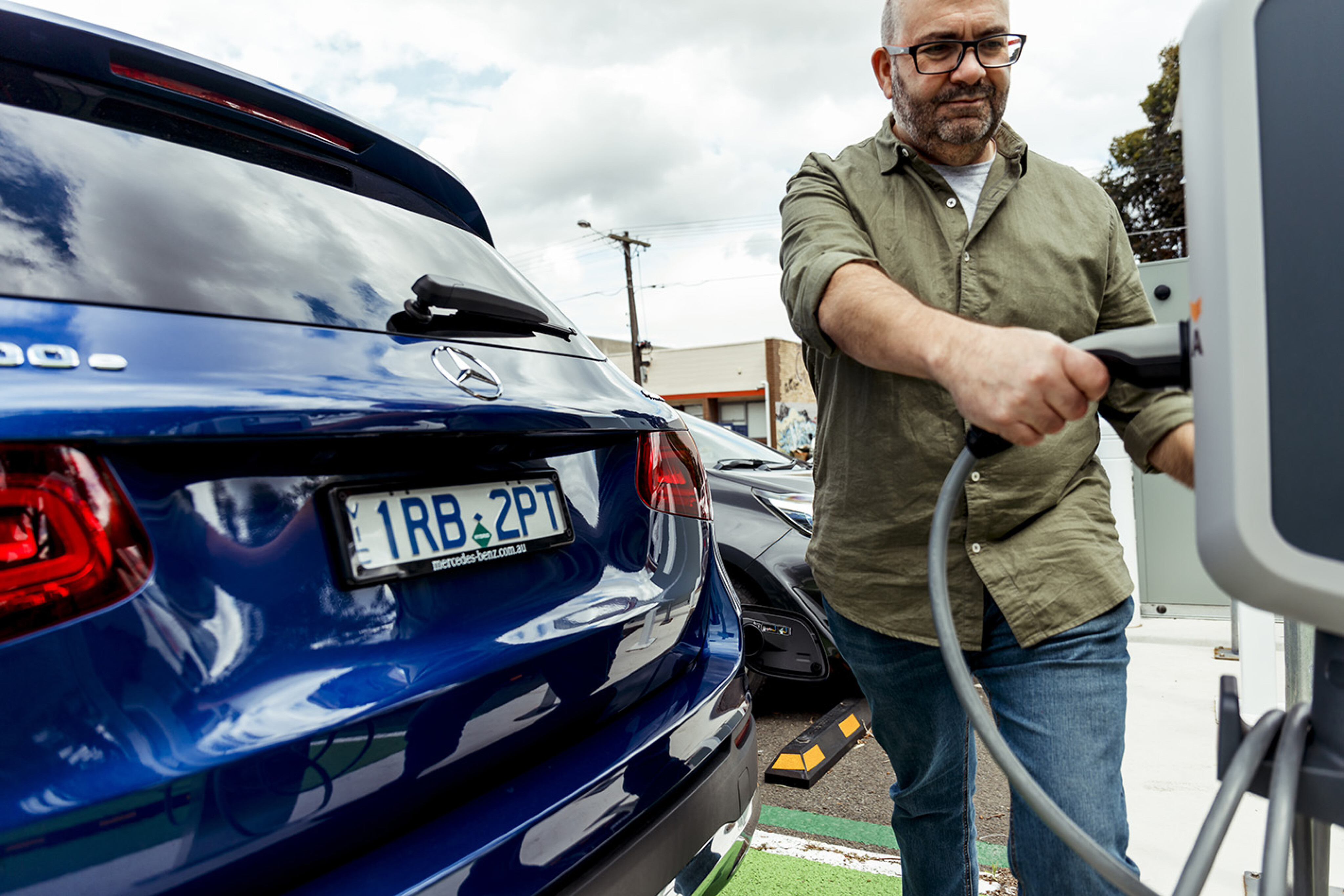
Keep it tidy
Public EV charging stations are, of course, located mostly in general communal spaces – whether it’s at a car park, highway rest stop or inside a shopping centre.
However, many EV charging locations don’t enjoy the same basic amenities as fuel stations, including bins, so avoid littering – especially cigarette butts which could be a safety hazard near high-voltage electrical equipment if still lit.
Also, take care when holding the plug to avoid unintended damage, wrap the longer built-in AC charging cables neatly when finished, and ensure that you securely put the plug back into the holster for the next user.

🅿️ Parking
✅ Do
- Park in EV charging bays when charging only
- Obey any signposted time limits
- Don’t block other stations (if possible)
❌ Don’t
- Don't overstay after charging is finished
- Don't park in a bay not closest to the charging station
- Don't block other EVs from accessing chargers beside
Obey the signs – parking while charging only
When parking at a designated EV charging spot, remember to obey the signs and only park in the bay if you are actually charging the vehicle.
Once the vehicle has finished charging, leave the station as soon as possible for the next user to charge. Most new EVs display an estimated time to finish charging, while some car brands and charging provider smartphone apps show the real-time battery level, so you’ll know when to move the vehicle.
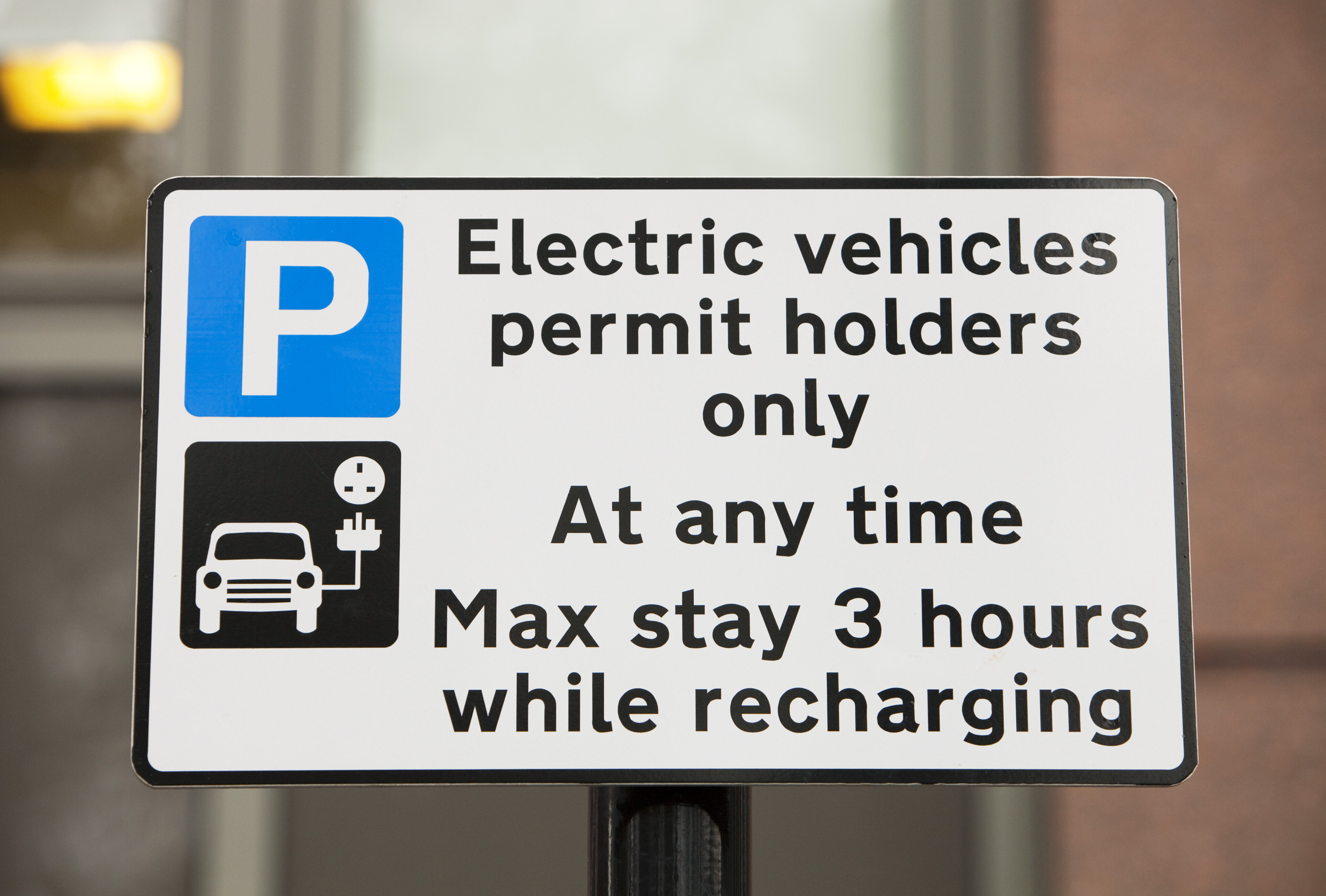
To curb queues and encourage good etiquette, Tesla Superchargers penalise owners who stay at the station plugged-in, but not charging, after five minutes – $0.50 or $1.00 per minute if the location is 50 per cent or fully occupied respectively. Chargefox is also trialling a similar idling fee measure in Western Australia.
Additionally, obey the signs where time limits are enforced for charging sessions.
To petrol, diesel, LPG vehicle owners…
Internal combustion engine vehicles must not be parked in a designated EV charging bay.
It is illegal in some states – including Queensland, New South Wales, Victoria and the Australian Capital Territory – with penalties ranging from $369 to $3200 in fines at the time of publication.
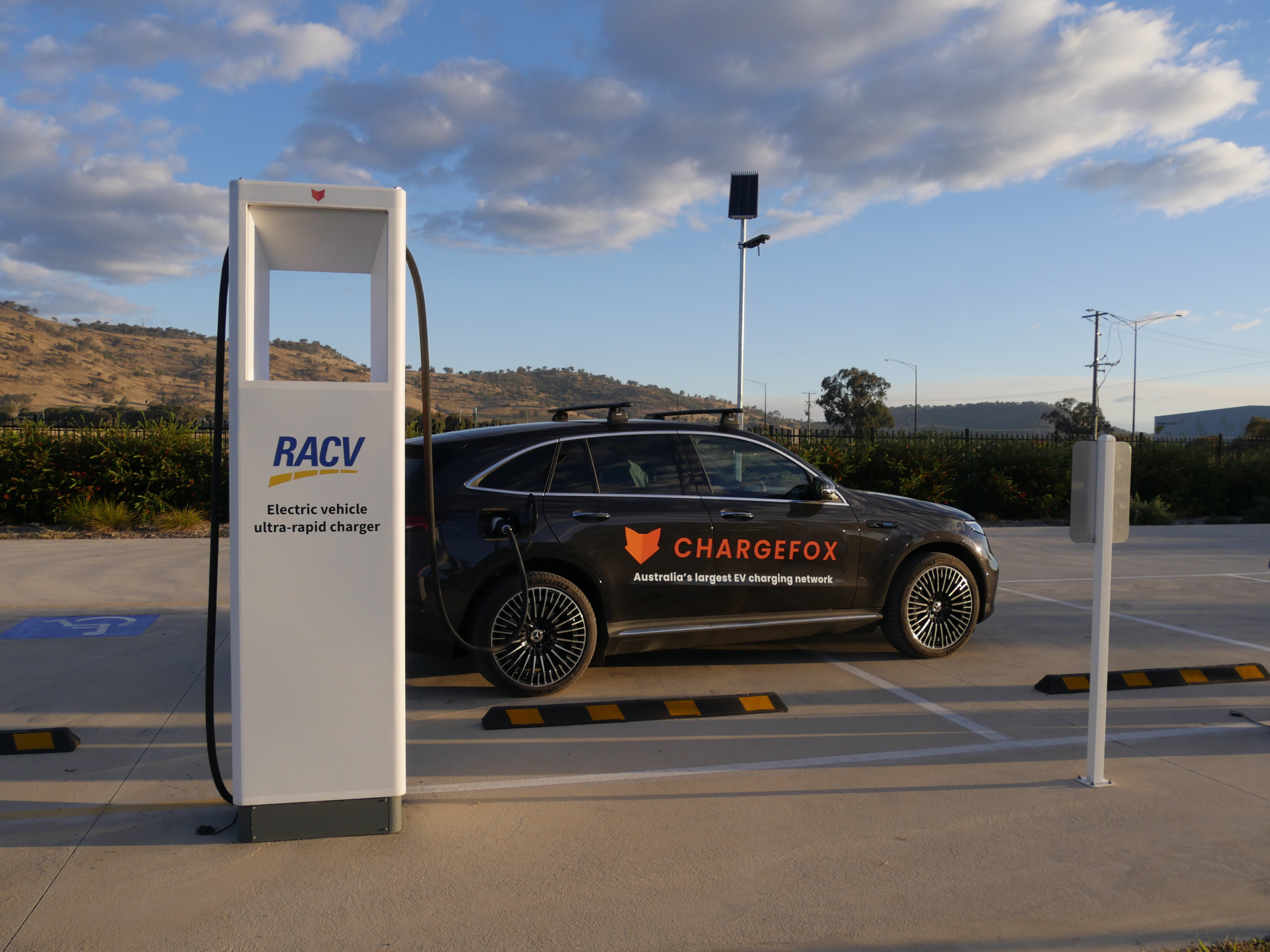
Don’t block other spaces, if possible
Always park within the marked lines and in the bay closest to the charging station you’re using.
However, the lack of a universal standard for charging station placements and EV model charging port positions means it can be tricky to plug in for some.
The front wheel arch port placement in models, such as the BYD Atto 3, Renault Megane E-Tech and Porsche Taycan, have been particularly notorious since the short cables on DC fast chargers can’t reach the port when parking straight in.
In this case, owner’s may need to angle the vehicle so the port is closer to the station. This will likely obstruct other spaces – so it’s best to plug in at the most outer station (if possible) to avoid blocking another EV from using the station beside.
Charging with a trailer?
Some charging stations are side-positioned and designed for EVs towing with a trailer. For example, most Tesla Supercharging sites offer at least one trailer-friendly stall.
But, for others, it is inevitable that the vehicle will be blocking adjacent parking or charging bay/s.
If the location is busy, consider whether you need to plug in at all and plan charging stops that have better trailer-friendly spaces in mind before going on a road trip (use PlugShare to view location pictures).
Watch out for the small things
Slow AC charging cables are long and fast DC charging cables may dangle out from the station into the parking bay. Watch out for them while parking to avoid unintended damage.
Fast charging stations in particular also have high bollards installed, but they can be too close to the parking spot sometimes, so be aware of potentially damaging the infrastructure.

⏱️ Queuing
✅ Do
- Wait nearby with the vehicle if full
- Check-in using PlugShare
- Queue fairly and orderly
❌ Don’t
- Don't park in the marked charging bay that’s reserved for other EVs
- Don't queue on PlugShare and drive off
- Don't push others to stop charging
Wait nearby
If a charging station is full, park nearby and wait. Consider facing the vehicle at the station and turn on your parking lights to signal your intention.
Avoid waiting in an open marked charging bay since that spot may be reserved for EVs with the rarer CHAdeMO fast charging port, such as the Nissan Leaf, Lexus UX300e or Mitsubishi Outlander PHEV (or vice versa with CCS2). Again, obey the signs – parking while charging only.
However, there may not be any nearby parking at all and, if the marked charging spot is free, you may be forced to park there – but be aware that another EV that can plug in has the right of way.
A queue may start to form; this is why the following is an important step.

Use PlugShare
Unlike a fuel station, most public EV charging locations don’t offer dedicated spaces for queuing.
Especially at busy EV charging sites, consider using the PlugShare website or app [↗]. It is a free community-based platform for finding all public chargers, posting comments and images – equivalent to Google Maps.
When waiting for a public EV charging station, press the ‘waiting’ check-in button to enter a virtual queue. This will keep the line orderly – if every driver uses it. Of course, you must be physically near your vehicle to actually be in the queue, so do not check-in on PlugShare and drive off.
Then, when your electric car is charging, check-in to the location and roughly specify how long you’ll take to let other Plugshare users know. There’s also a direct messaging feature with other users if needed.
Once you’ve stopped waiting or charging, remember to check out on PlugShare, too.
There are other services available to help with charging queues, but PlugShare is the general standard among the EV community.
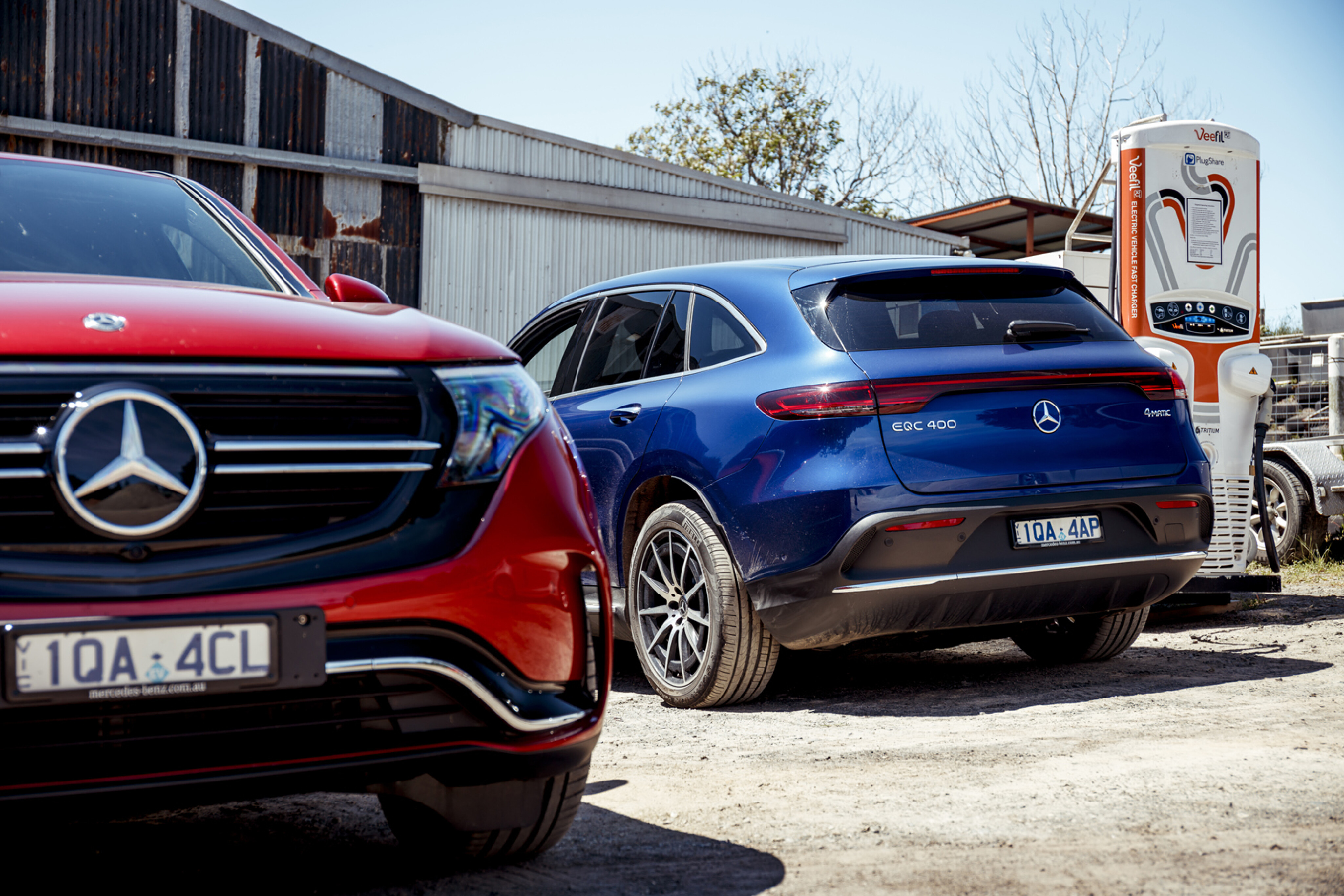
Be respectful
If you need to talk to other EV owners, be respectful. You can choose to check the charging status screen on the stall, but avoid standing and pacing around the charging vehicles.
Do not negotiate or push others to stop their charging session early – if they are rightfully there. Avoid pressing the stop charging button on the station and unplugging other vehicles.
Never jump the queue and be patient. Alternatively, consider going to another less congested charging station.
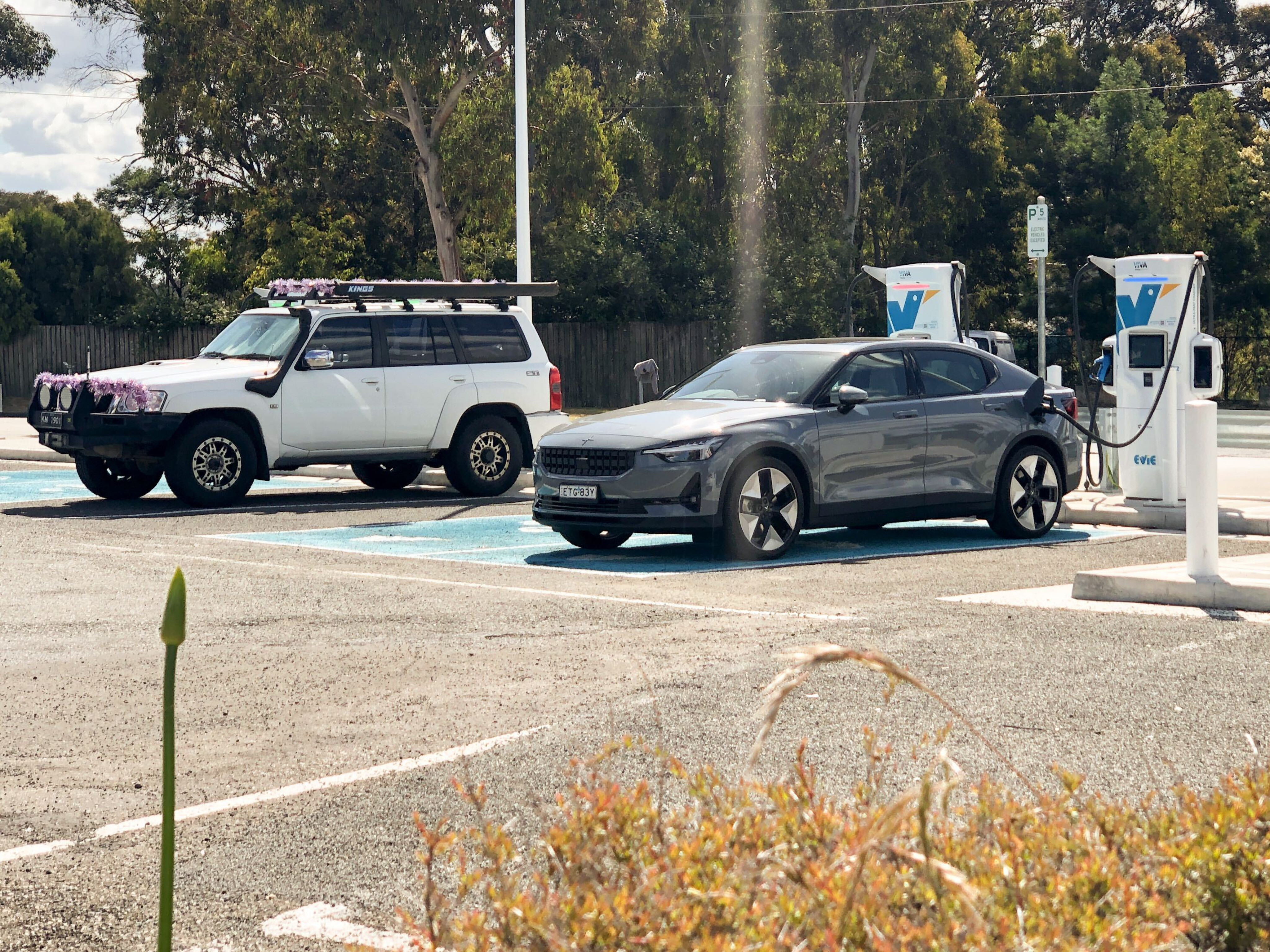
❓ Why charging etiquette matters
While electric vehicles are still a minority on Australian roads, public charging stations are becoming busier as more make the switch.
Public EV chargers are still unfamiliar and good etiquette is critical to ensure fair access for all.
Of course, the number of stations – especially at each location – still needs to expand and there’s a lack of a universal standard for stall placements, EV charge port positioning, plug types, smartphone applications to start charging, payment methods, and spaces for queuing – which all contribute to confusion for uneducated owners who’ve just made the switch.
Therefore, charging providers, operators and carmakers also need to improve – but, ultimately, the onus is on EV owners and conventional combustion engine vehicle owners to respect each other and follow the rules. Tools such as PlugShare [↗] helps but, unfortunately, not every driver uses it (or wants to).
When it comes to EV charging, patience is key to your sanity.
More EV stories to help you choose the best car for your needs
🚘 EV news, reviews, advice & guides
- ❓ Short & sweet: Your EV questions answered
- ⚡ New EVs: Everything coming to Australia
- 🥇 Australia's EVs with the longest driving range
- ⚖️ Best-value EVs by driving range
- 💰 How much do EVs cost in Australia?
- 😰 How much more expensive are EVs?
- ⚖️ Number crunching: Is it time to switch to an EV?
- ♻ Should you buy a used EV?
- 🛡️ Are EVs more expensive to insure?
- 🆚 Costs compared: Charging an EV vs fueling a car
- 📖 EV charging guide
- 🚧 Are there enough EV chargers in Oz?
- 👨🔧 EV servicing explained
- 🔋 EV battery types explained
- 🪫 When do EV batteries need replacing?
- 🆚 Hydrogen v EVs: What's best for Oz?
- ✋🏻 Mind your manners! EV charging etiquette tips
- 🌏 How sustainable are EVs, really?
COMMENTS